Place your Copper Canyon Cinch order before 12 noon Monday August 14, 2014 to receive a 10% discount.
My supplier is offering a sale and I would like to share this savings with my customers!
My supplier is offering a sale and I would like to share this savings with my customers!
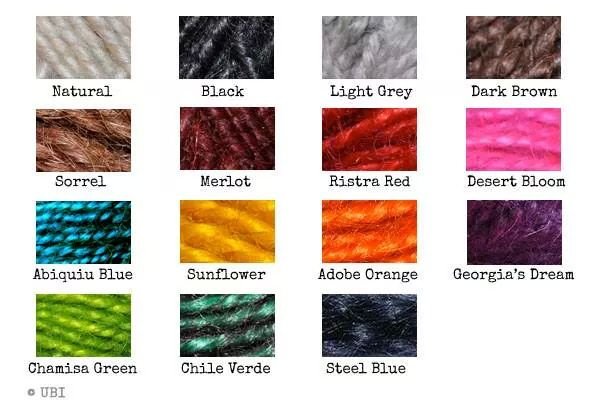
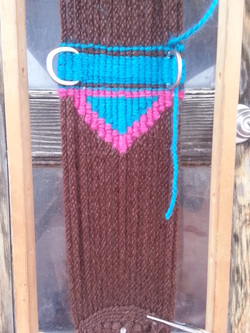
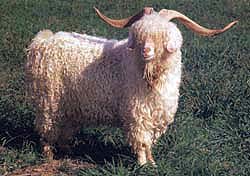
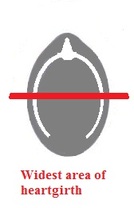

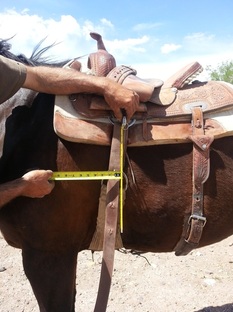
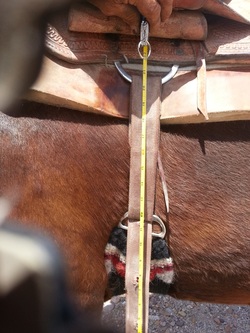
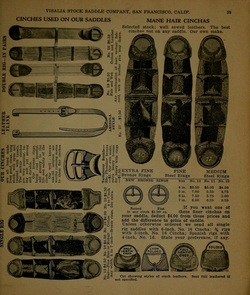
 RSS Feed
RSS Feed